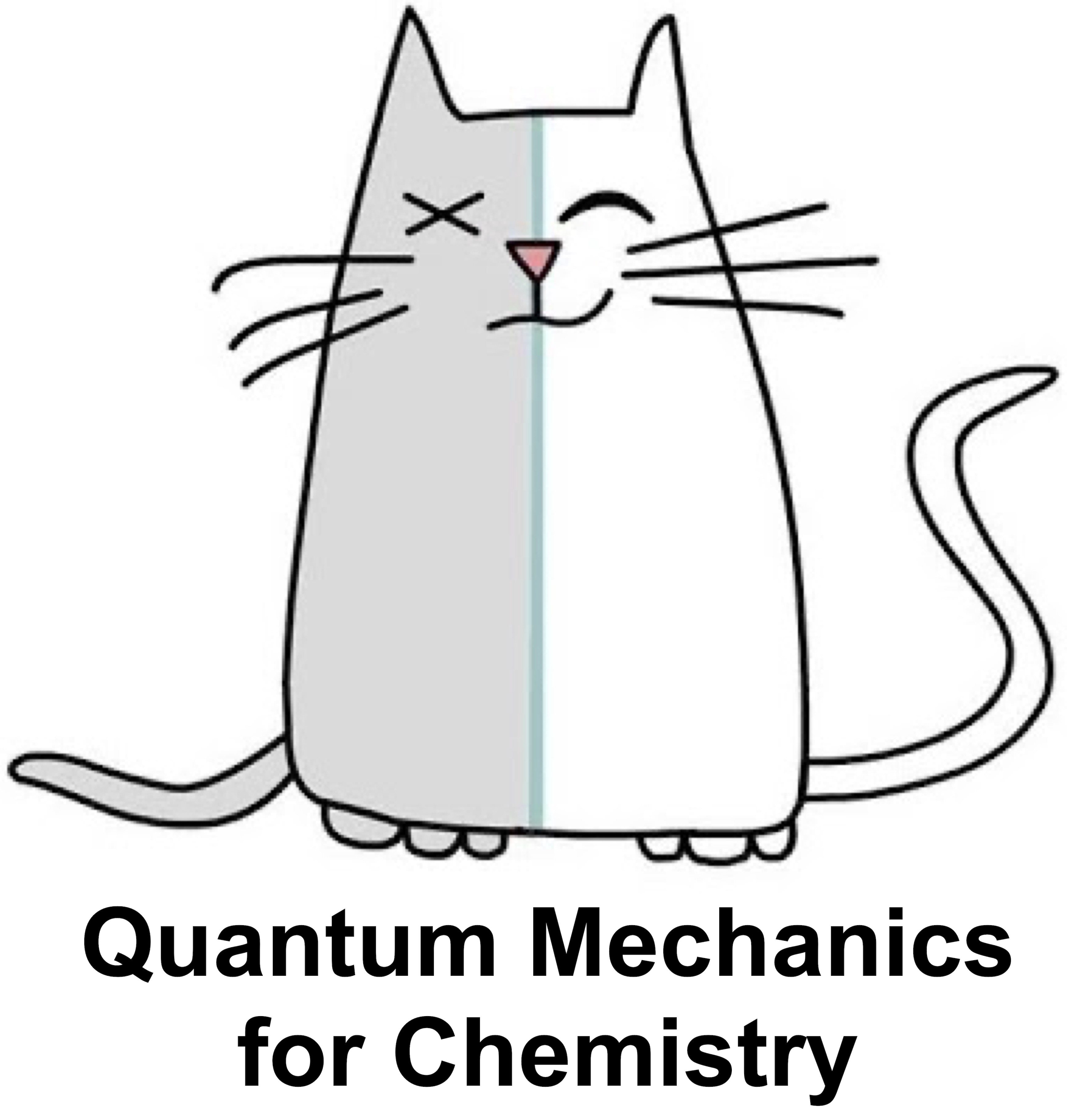Application: Hopfield Neural Networks#
A Hopfield network is a type of recurrent neural network where all neurons are connected to each other. It is commonly used for associative memory—storing and recalling patterns. The network evolves to a stable state, recalling a stored pattern when given noisy or incomplete input. We can understand its behavior using matrix and vector operations.
Components of a Hopfield Network#
Neurons (States): Each neuron has a binary state, either \(1\) (active) or \(-1\) (inactive). The state of all neurons is represented by a vector \(\mathbf{s}\). For a network of 3 neurons, the state vector might be:
\[\begin{split} \mathbf{s} = \begin{pmatrix} 1 \\ -1 \\ 1 \end{pmatrix} \end{split}\]Weights (Connections): Neurons are connected by weights, represented by a symmetric matrix \(W\). For a 3-neuron network, the weight matrix might look like:
\[\begin{split} W = \begin{pmatrix} 0 & w_{12} & w_{13} \\ w_{21} & 0 & w_{23} \\ w_{31} & w_{32} & 0 \end{pmatrix} \end{split}\]The diagonal elements are zero because a neuron does not connect to itself.
Update Rule: To update the state of neuron \(i\), we calculate the weighted sum of inputs from all other neurons:
\[ h_i = \sum_{j} w_{ij} s_j = (W \mathbf{s})_i \]If \(h_i > 0\), the neuron becomes active (\(s_i = 1\)). If \(h_i < 0\), the neuron becomes inactive (\(s_i = -1\)).
Example: Simple Hopfield Network#
Let’s consider a 3-neuron Hopfield network with the following weight matrix:
Initial State#
Assume the initial state of the network is:
Update Neurons#
We update each neuron based on the weighted inputs:
Neuron 1: The input to neuron 1 is:
\[ h_1 = W_{11}s_1 + W_{12}s_2 + W_{13}s_3 = 0 \cdot 1 + 1 \cdot (-1) + (-1) \cdot 1 = -2 \]Since \(h_1 < 0\), the new state of neuron 1 is \(s_1 = -1\).
Neuron 2: The input to neuron 2 is:
\[ h_2 = W_{21}s_1 + W_{22}s_2 + W_{23}s_3 = 1 \cdot 1 + 0 \cdot (-1) + 1 \cdot 1 = 2 \]Since \(h_2 > 0\), the new state of neuron 2 is \(s_2 = 1\).
Neuron 3: The input to neuron 3 is:
\[ h_3 = W_{31}s_1 + W_{32}s_2 + W_{33}s_3 = (-1) \cdot 1 + 1 \cdot (-1) + 0 \cdot 1 = -2 \]Since \(h_3 < 0\), the new state of neuron 3 is \(s_3 = -1\).
New State#
After one round of updates, the new state of the network is:
Storing Patterns and Energy#
A Hopfield network stores specific patterns by adjusting the weights, and it evolves to minimize its energy. The energy of the network is defined as:
As the network updates, it reduces its energy until it reaches a stable state, which corresponds to one of the stored patterns.
Summary#
Neurons are represented by a state vector \(\mathbf{s}\).
Weights between neurons are represented by a matrix \(W\).
Neurons update their states based on the weighted sum of inputs, which is a matrix-vector multiplication.
The network evolves to stable patterns by minimizing its energy function.
This is a basic introduction to the Hopfield network using matrix and vector operations.

